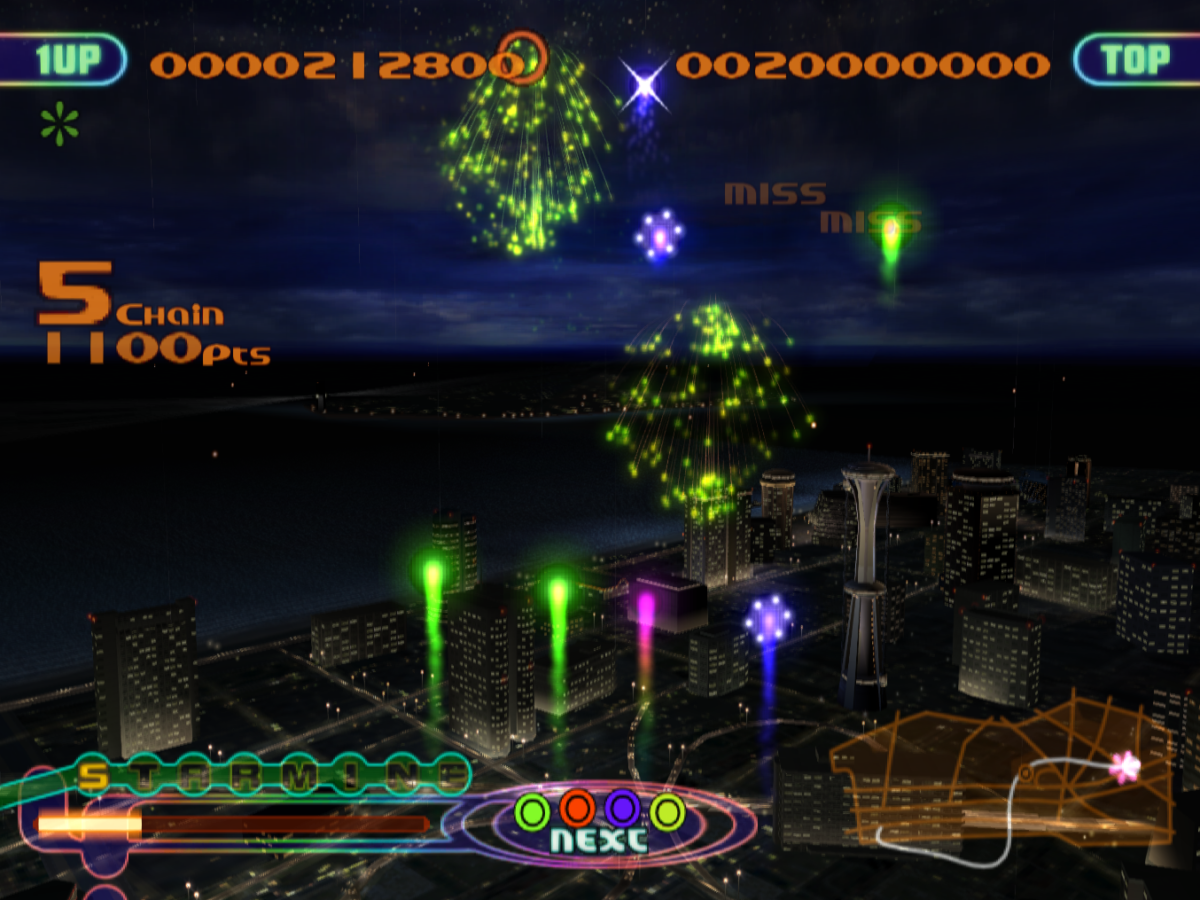

This is achieved from the timeline beneath the editing window, where you can see frame numbers stretched across to the right and objects listed vertically on the left. These tools and editing options cover all the principal requirements for drawing and design and are equally as capable of producing complex illustrations as they are simple sketches.īut the real power comes from enve's ability to animate these components. You can also group these objects together, and perform raster/bitmap effects on them, including blur and drop-shadows. Its drawing tools include paths, circles, rectangles, and text, and you can create a different fill, either gradient or solid, and change the outside stroke. Enve is a cross between Fantavision, Inkscape, and Blender.

It's what made Flash so hugely successful, and it's the same principle at the heart of this excellent new drawing and animation tool, enve. A tweening algorithm then generates the frames in-between, making the resultant animation far more flexible and potentially smoother than the equivalent bitmap animation. There was another advantage: Vector images like these are much easier to animate, because you simply move the start or end point and take a snapshot of their location at a specific frame. This was more arduous than the virtual spray paint of Deluxe Paint, but it meant that your images were resolution independent, much like SVG in the modern era. Images were constructed by drawing lines from one point to another.
#Fantavision amiga full
But there was something that set Fantavision apart, and this made it unique in a world full of pixel art – it was a vector drawing application. It had been ported from the Apple to the Amiga, which was something of a surprise because Electronic Arts' Deluxe Paint ruled the platform and was often bundled with a new Amiga. Back at the dawn of home computing, there was a brilliant drawing and animation application for the Apple II and Commodore Amiga called Fantavision.


 0 kommentar(er)
0 kommentar(er)
